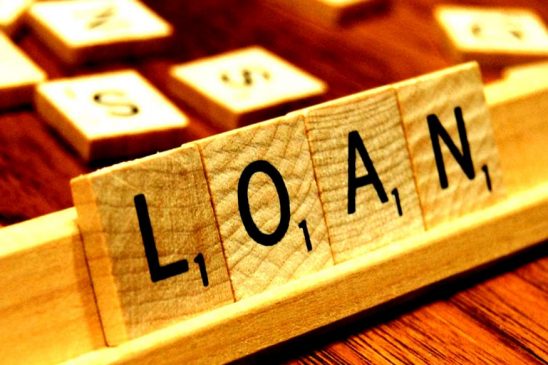The RBI in October 2020 rationalised the risk weighting by reducing it to nil for loan-to-value (LTV) of loans above Rs 75 lakh.
Also Read– Interest rates : Don’t wait for further hikes; lock into high-yield FDs now
Interest rates in the country have been witnessing a surge since last year, even as the RBI has raised the repo rate by 250 basis points in six consecutive hikes. Now, the interest rates are again going to rise as the RBI’s pandemic relaxation ends. The RBI in October 2020 rationalised the risk weighting by reducing it to nil for loan-to-value (LTV) of loans above Rs 75 lakh. It was also reduced to 35 per cent for LTV of less than 80 per cent. The relaxation was announced till March 2022 and was later extended to March 2023, which has already ended.
Read More:- Centre’s High-level Covid Meet Today as India Sees 6,050 New Infections, Cases ‘Triple’ in 7 Days
Now that the LTV cap returns to 75 per cent for loans of over Rs 75 lakh, which was done away with during the pandemic, the home loan borrowers will have to pay a 25 per cent margin upfront to avail of a loan above Rs 75 lakh.
Also Read– Post Office Scheme vs Tax-Saving FD: Know which is giving better interest to customers
According to the National Housing Bank (NHB) data, more than a third or Rs 2.45 lakh crore of the individual home loan disbursements of banks and housing finance firms during 2021-22 was of above Rs 50 lakh.
Recently, several banks including SBI, ICICI Bank and HDFC Bank raised their lending rates. The move comes after the RBI raised the repo rate by 250 basis points in six consecutive rate hikes since May 2022, to control inflation.
Also Read– TDS On Salary: Employers Need To Ask Employees Which Regime They Want To Opt, Says I-T Dept
Deposit Rate Hikes
Apart from loans, deposit rates in the country have also witnessed a hike. Now, small savings schemes and bank FDs have started competing at around 7 per cent annual interest rate.
Post office term deposits, which were fetching lesser returns than bank FDs in the recent past, have again become competitive with the government effecting three back-to-back increases in interest rates on small savings schemes. The return on post office term deposits of two years under the small savings schemes is 6.9 per cent, the same as offered by most banks on deposits of similar maturity.
Also Read– Anil Singhvi shares ideas on which mutual funds to buy, recommends a minimum five-year horizon
After a series of repo rate hikes by the RBI since May 2022, the transmission to retail deposit rates gathered pace in the second half (H2) of the last fiscal after remaining subdued in April-September (H1) period as banks intensified their efforts to garner retail deposits to fund robust credit growth, a central bank analysis.
Also Read– Anil Singhvi shares ideas on which mutual funds to buy, recommends a minimum five-year horizon
The Weighted Average Domestic Term Deposit Rate ( WADTDR) on fresh deposits (including retail and bulk) of banks increased by 222 basis points (bps) from May 2022 to February 2023. During H1, banks had focussed on mobilising bulk deposits. This was reversed in H2 with the increase in fresh retail deposit rates (122 bps) outpacing that in fresh bulk deposit rates (77 bps), the RBI said.





































